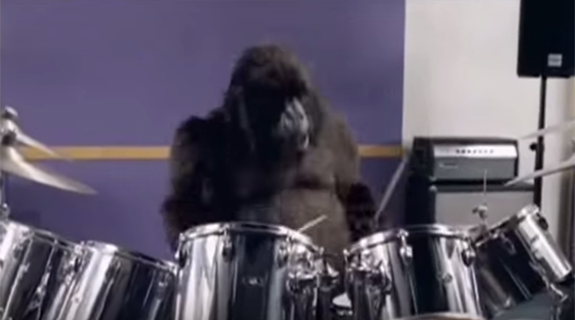Creativity requires constraints.
A study showed adults asked to build structures using only blue LEGOs and no right angles were far more original than those given the freedom to use all the colors in any way they pleased, and the brief acts as a similar restraint that inspires innovation.
This is according to Wee Beastie Creative Strategist Chris McKenna and Vice President of Production Monica Hiden, who hosted the session “The Art of the Brief” at Station Summit 2016.
“I hate briefs,” McKenna said. “They mostly suck.”
This is because they’re often too long, written in marketing jargon and haven’t received buy in from others at the company—which means executives who aren’t on board can easily derail creative executions, no matter how great they really are.
“I spent a bit of time making sure everyone was heard,” McKenna said about his successful track record of getting briefs approved. “You shop it around, show your boss, and get everyone on the same page before you write it.”
“None us can really get behind an idea we’re not a part of,” Hinden added.
As Betty Crocker discovered in the 1950s when housewives who loved the new instant cake mix were too guilty and embarrassed to serve their husbands something they didn’t feel like they actually made themselves. A group of psychologists assessed the situation and made a recommendation: take eggs out of the instant ingredients, and allow them to add eggs instead. It worked.

“You are Betty Crocker and your boss is the housewife,” Hinden said. “You need to give them the ability to add an egg to your big idea.”
Creating ownership goes a long way, but marketers also have to remember their audience. Old Spice, for instance, discovered body wash for men was purchased mostly by wives and mothers, and changed their ad strategy to target women.
Have a particular consumer in mind that goes beyond age demographics, McKenna suggested. Market to ‘Bob’ who lives in Atlanta, and loves drinking beer and watching sports. The brief also needs to focus on specific goals and ambitions that go beyond ratings.
“Give your team something to aspire to and care about more than just making a spot,” Hinden said. “Make it bigger than themselves, the show, and the network.”
Cadbury took that to heart by making ads around the strategy of creating content that was as effortlessly enjoyable to watch as eating a chocolate bar, tapping into feelings of joy and happiness.
Most marketers are quickly learning that evoking feelings in the secret to great promos, and the brief is no exception.
“If you want to generate engagement you have to stimulate people’s emotions,” McKenna said.
Because at the end of the day, we all watch television because we’re looking for the meaning of life.
“We are hardwired in our brains to search for meaning,” McKenna said. “We can’t help it. What’s the point of it all? We look for answers from stories. We stuck up stories as entertainment because we’re desperate for insight as to what it means to be human.”
Ads that deliver the goods—that break patterns and grab our attention like a red tomato in a sea a green tomatoes; that surprise us, like a tiger emerging from the trees to kill; that offer a little glimpse of what life is all about—tend to rise to the top.
Like this one from Dove.
“I know people who weep at this ad,” McKenna said. “It’s a commercial. And they’re selling soap.”
Sometimes, all it takes is one image and a few words to tell a great story.

Tags:













































__twocolumncontent.jpg)











